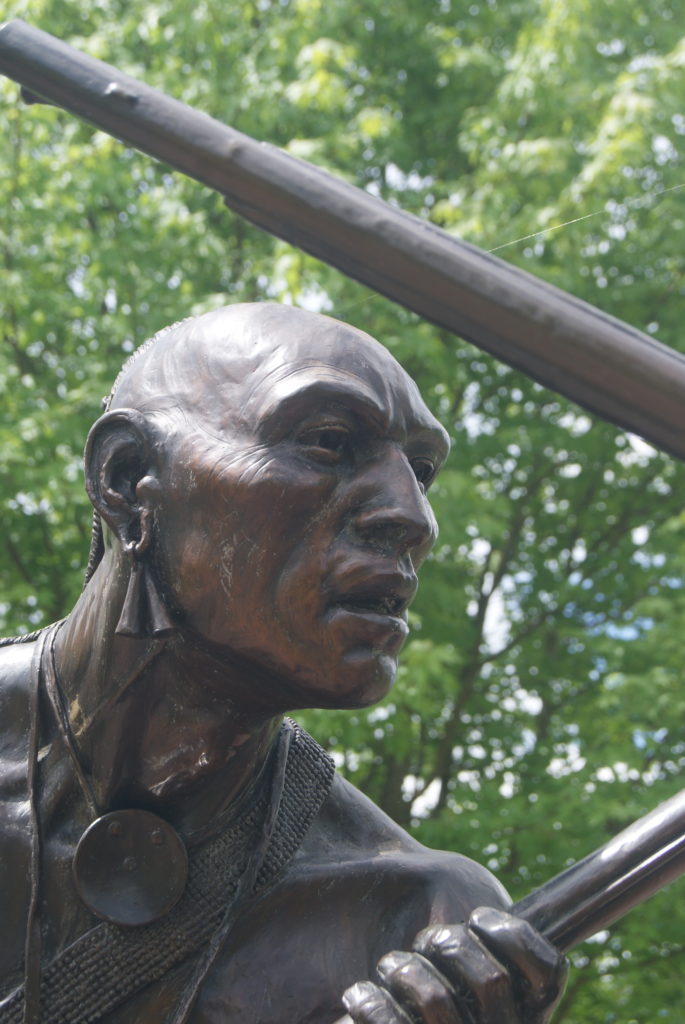
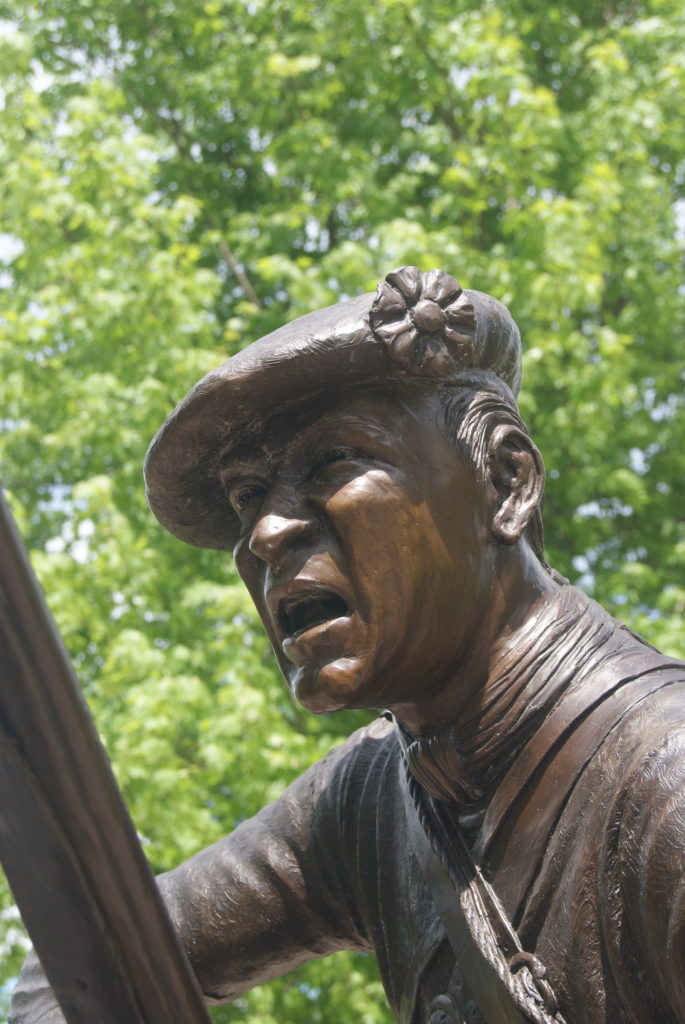
The French and Indian War Does Not End Well for Guyasuta
In 1755, Guyasuta had every reason for confidence in his French allies. But after Braddock’s defeat at the Monongahela (see my previous post), British Secretary of State William Pitt appointed Brigadier General John Forbes to capture Fort Duquesne from the French.
Learning from the catastrophic failure of the Braddock expedition, Forbes took a very methodical approach. He ordered the construction of a series of forts between Carlisle and present-day Pittsburgh. He planned that the completion of the forts would culminate in the capture of the French stronghold at the forks of the Ohio.
Forbes’ plan wasn’t completely foolproof. When he sent Major James Grant on a reconnaissance mission to the French fort, Grant jumped the gun and attacked, with disastrous consequences. Earlier, the French had mounted a failed attack on the under-construction British fort at Ligonier. A loyal French ally, Guyasuta participated in both of these battles.
But, by the fall of 1758, the Mingo warriors clearly saw that Fort Duquesne would soon fall. Besides, it was hunting season. The Mingo abandoned their French allies. On November 24, 1758, George Washington planted the British flag at the site of what would soon become known as Pittsburgh.
By 1760, the French had lost their North American empire to the British. The British signed the Treaty of Easton with the Shawnee, Delaware and Iroquois, promising no white settlements in the Ohio Country.
The Mingo had backed the wrong side and had no promises from the British. They didn’t trust the Treaty of Easton (with good reason, as it turned out), and didn’t want to come back under Iroquois domination. Guyasuta looked west, to the Great Lakes tribes, for new allies.
Guyasuta Makes a Fruitless Trip to the Great Lakes
In 1760, diverse peoples populated the Midwest: French, British, Canadians, Dutch, Huron, Ojibwa, Ottawa and Miami all called the region home. The Indian tribes had been French allies in the war. So, Guyasuta had reason to think they might join with him in standing firm against British encroachment west.
Guyasuta and another Mingo sachem, Tahaiadoris, travelled to the Great Lakes area to pursue an alliance. He proposed that they join together to expel the British from Fort Detroit. Not only did the Great Lakes Indians rebuff the Mingo. They also reported the request to William Johnson, the Superintendent of Indian Affairs for North America.
The Mingo were now without allies, and, what’s more, they’d made an enemy of the Superintendent of Indian Affairs. Guyasuta and Tahaiadoris returned to Western Pennsylvania defeated and empty-handed. But one Ottawa chief had listened sympathetically to their proposal. A few years later, he would set the frontier on fire.
Pontiac’s War
Pontiac was about Guyasuta’s age, born in 1725. Like Guyasuta, he was loyal to the French during the war, and he may have been present at the Battle of the Monongahela. In April of 1763, he decided to implement Guyasuta’s plan to besiege Fort Detroit. When the Ohioans heard of the siege, they blocked the Forbes Road, so that Fort Pitt could neither receive supplies from the east nor send troops to relieve Fort Detroit.
Pontiac’s War was less a coordinated war with Pontiac as a general than a cluster of attacks inspired by the same cause. In May, Forts Sandusky, St. Joseph, and Miami fell in rapid succession. In June, Forts Ouiatenot and Michilimachmace in the west surrendered, and Fort Venango fell to the Mingos.
Meanwhile, in early summer Guyasuta and the rest of the Mingo began to harass Fort Pitt. They’d fire on work parties cutting wheat near the fort or attack small outlying farmsteads. On July 28, the Indians’ casual siege of the fort turned into an assault by about four hundred Delaware, Shawnee, Wyandot and Mingo. The attack killed seven people in the fort and damaged the roofs of some of the buildings.
But on August 1, the Indians suddenly melted away. It turned out that they had a more urgent target.
The Battle of Bushy Run
The Indians had received word that Pennsylvania Governor General Amherst had sent five hundred Highlanders, Royal Americans and Rangers under Henry Bouquet to break the siege of Fort Pitt. Their forced march from Philadelphia in the summer heat took two months.
Guyasuta turned his force away from Fort Pitt, and met Bouquet’s army at Bushy Run on August 5. Local settlers were warned of the imminent battle and fled. Legend has it that one farm wife, Phoebe Byerly, fled with her three young children riding on the family’s cow.
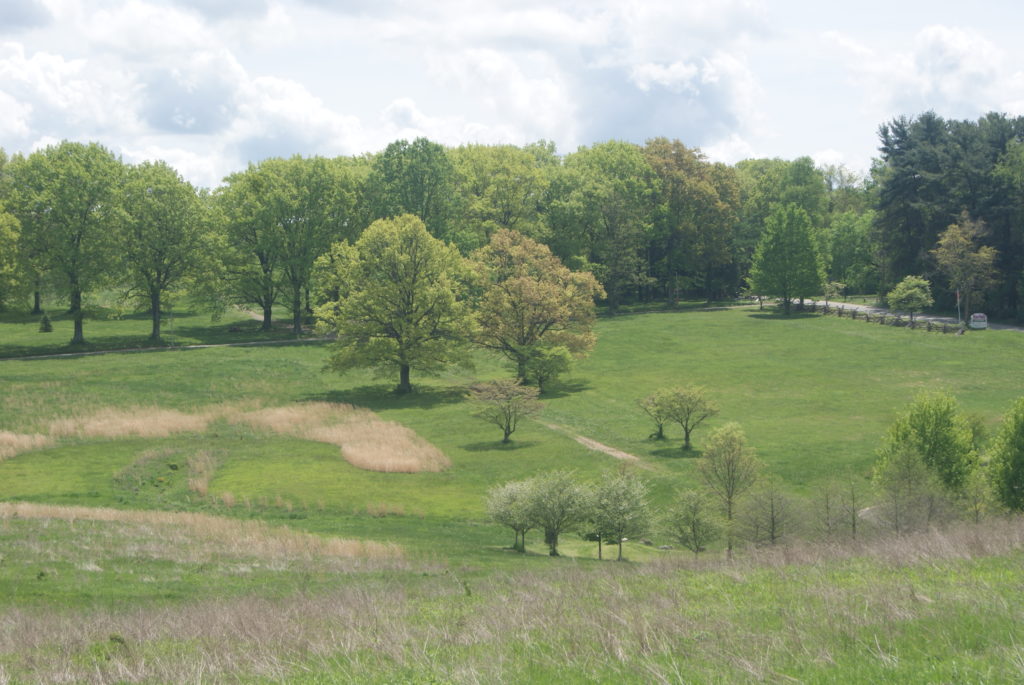
The Indians secured a high spot near Bushy Run and forced Bouquet’s forces into retreat on the first day of battle. But, on August 6, Bouquet set a trap. He pretended to retreat further. The Indians fell for it, and Bouquet flanked them and won the day on more favorable ground.
The sieges were ended and the Forbes Road reopened, but the Indians were still on the warpath. Johnson, the Indian Affairs Superintendent, realized that he would have to negotiate. The resulting Proclamation of 1763 ordered white settlers off all the lands west of the Ohio that had been promised to the Indians in the 1760 Treaty of Easton. Nobody was happy with it. The white settlers felt cheated. Even the prisoner exchange was only partially successful; not all of the captive white people wanted to leave the Indian tribes that they’d lived with for up to a decade. As for the Mingo, they must have understood that the white settlers would continue to flow into the Ohio Country.
Next time: Guyasuta and the run-up to the American Revolution
Travel Recommendation
As part of my research for this post, Al and I travelled to Bushy Run Battlefield State Park and had an absolutely delightful day. The park is maintained by the State, but mostly staffed by a crew of friendly, enthusiastic and very knowledgeable volunteers. And don’t worry if you have trouble walking hilly battlefields: they offer free tours via golf cart! A very worthwhile stop for anyone interested in early American history. Hours and schedule of events are available on their website.

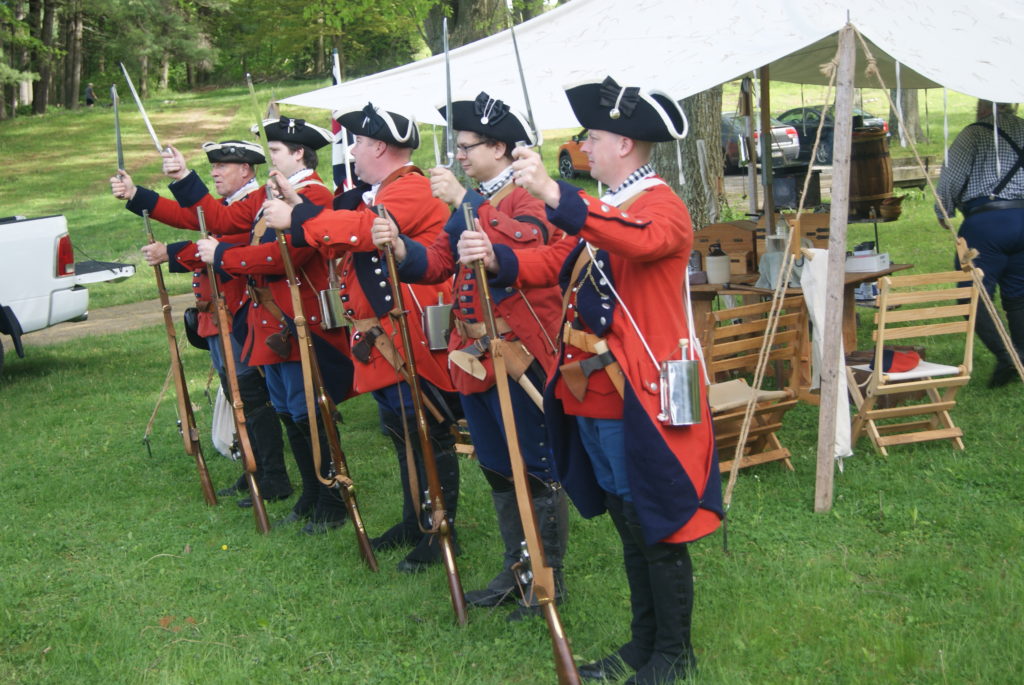
Sources
Crytzer, Brady J. Guyasuta and the Fall of Indian America. Yardley, PA: Westholme Publishing, LCC, 2013.
Anderson, Niles. The Battle of Bushy Run. Harrisburg, PA: Pennsylvania Historical and Museum Commission, 1975.

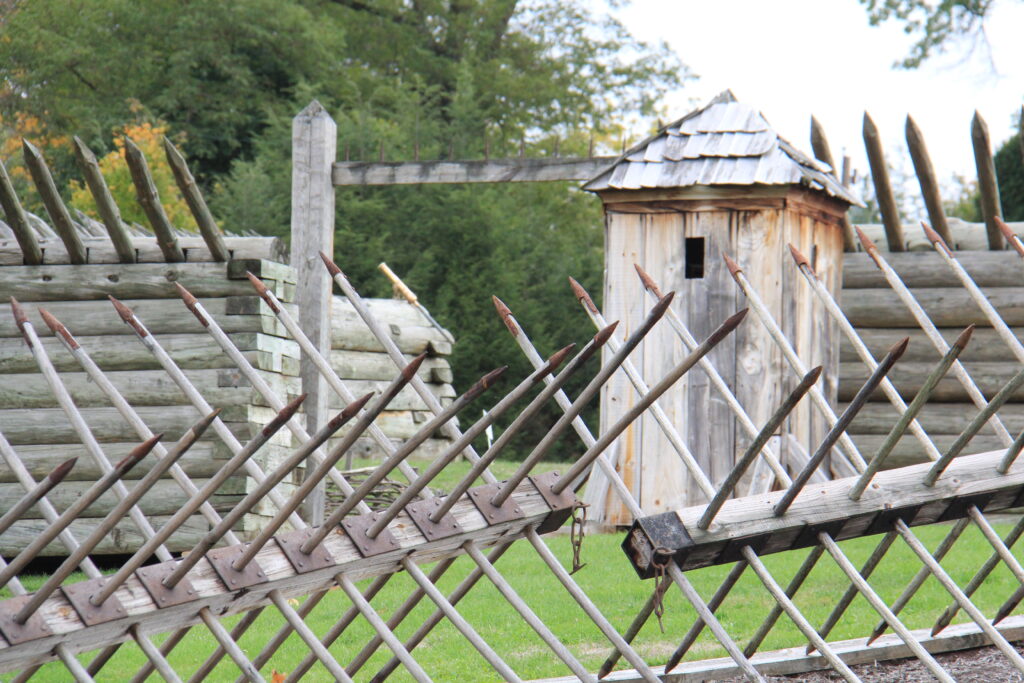
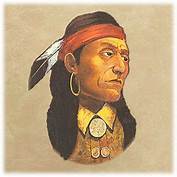
Driving across your beautiful state now on our way to NYC. Thanks for the interesting post!